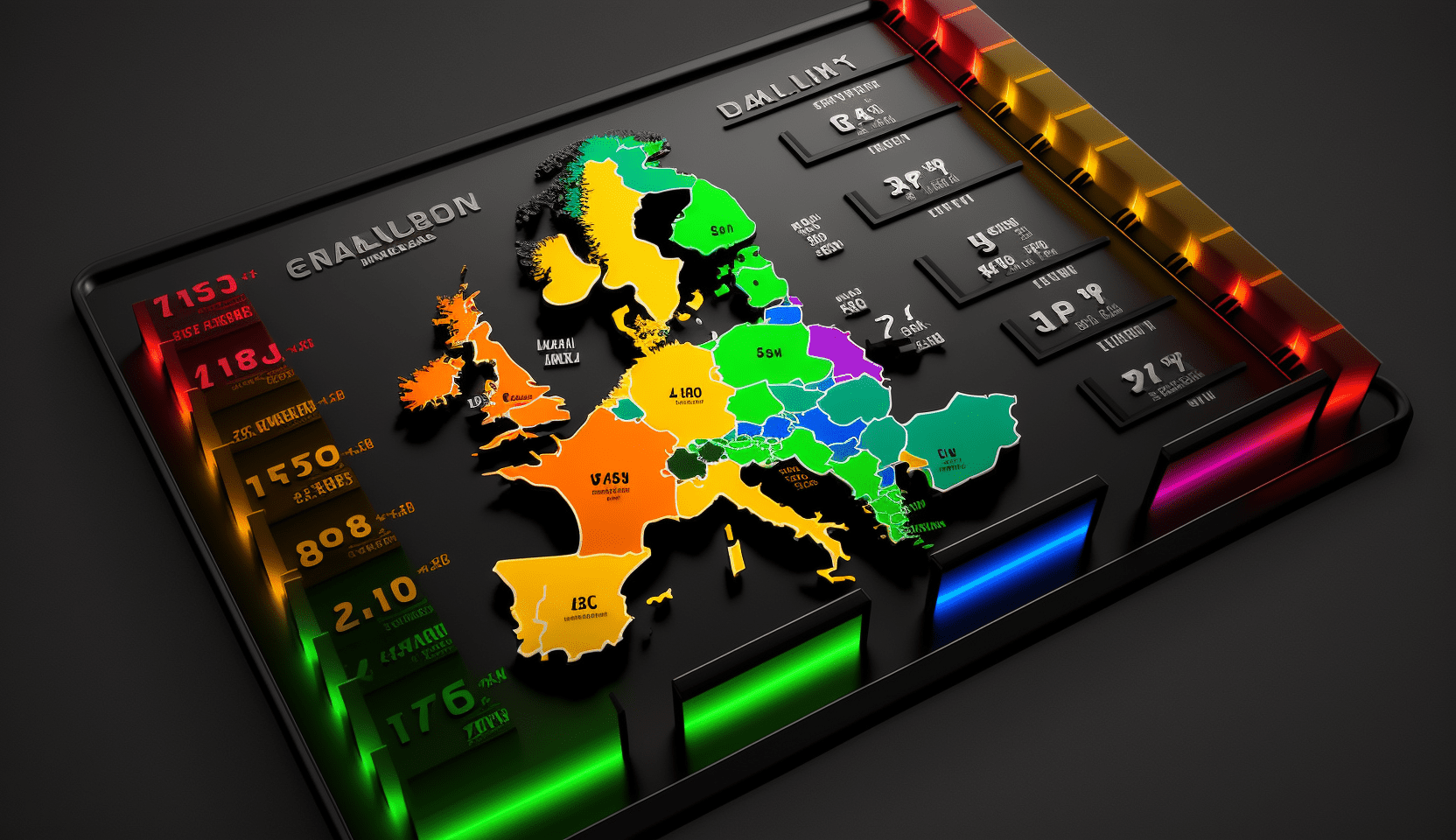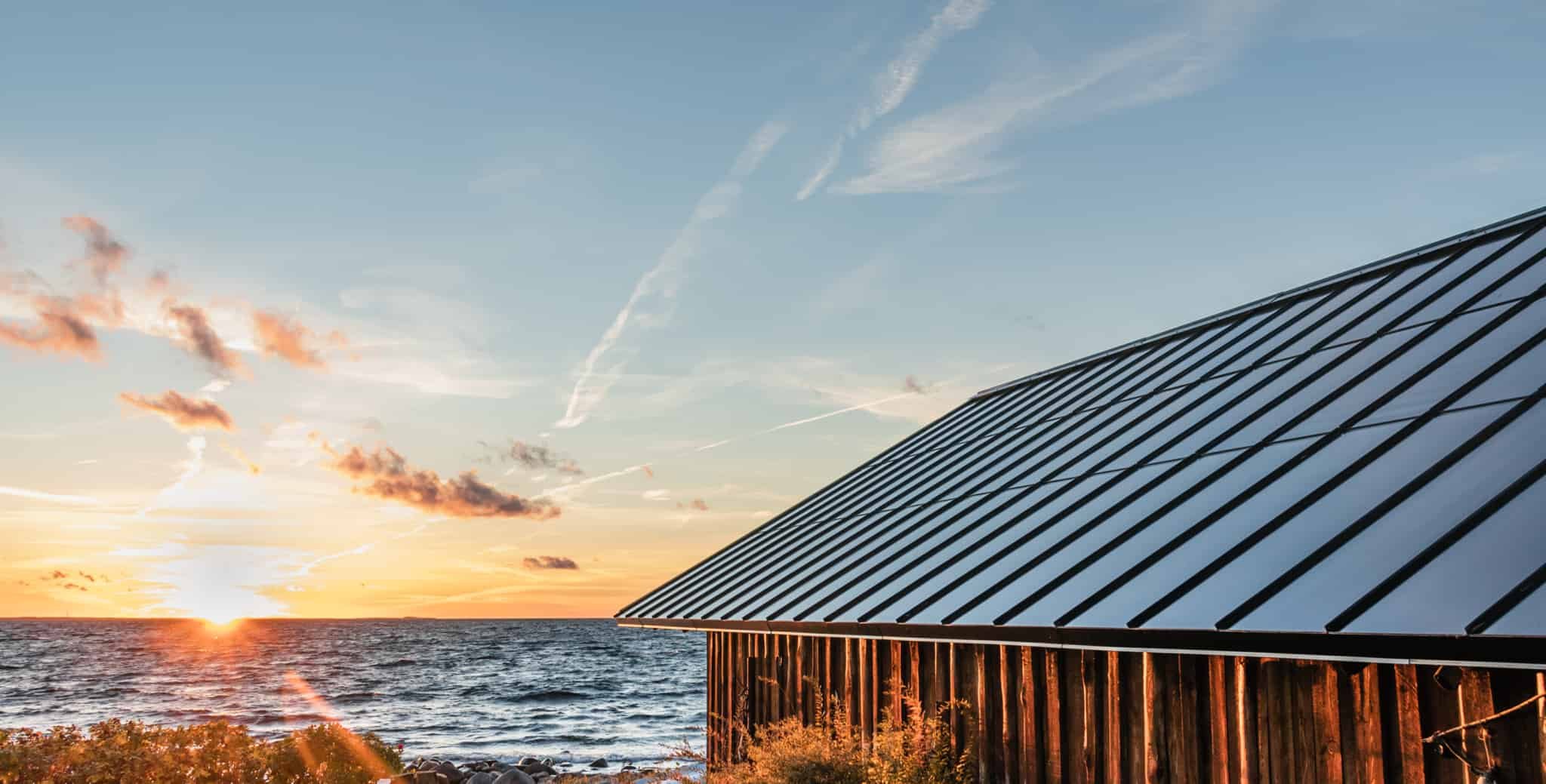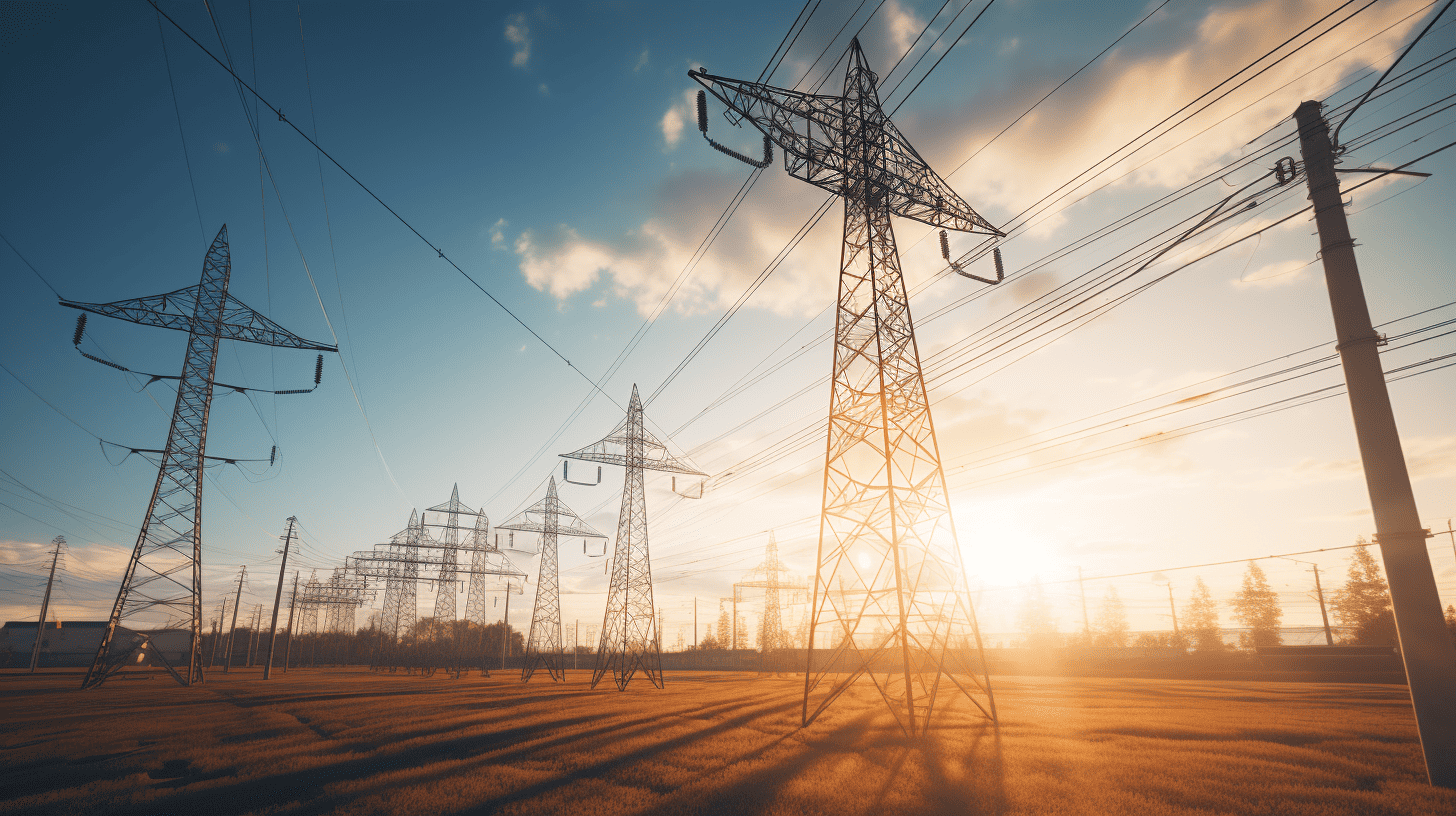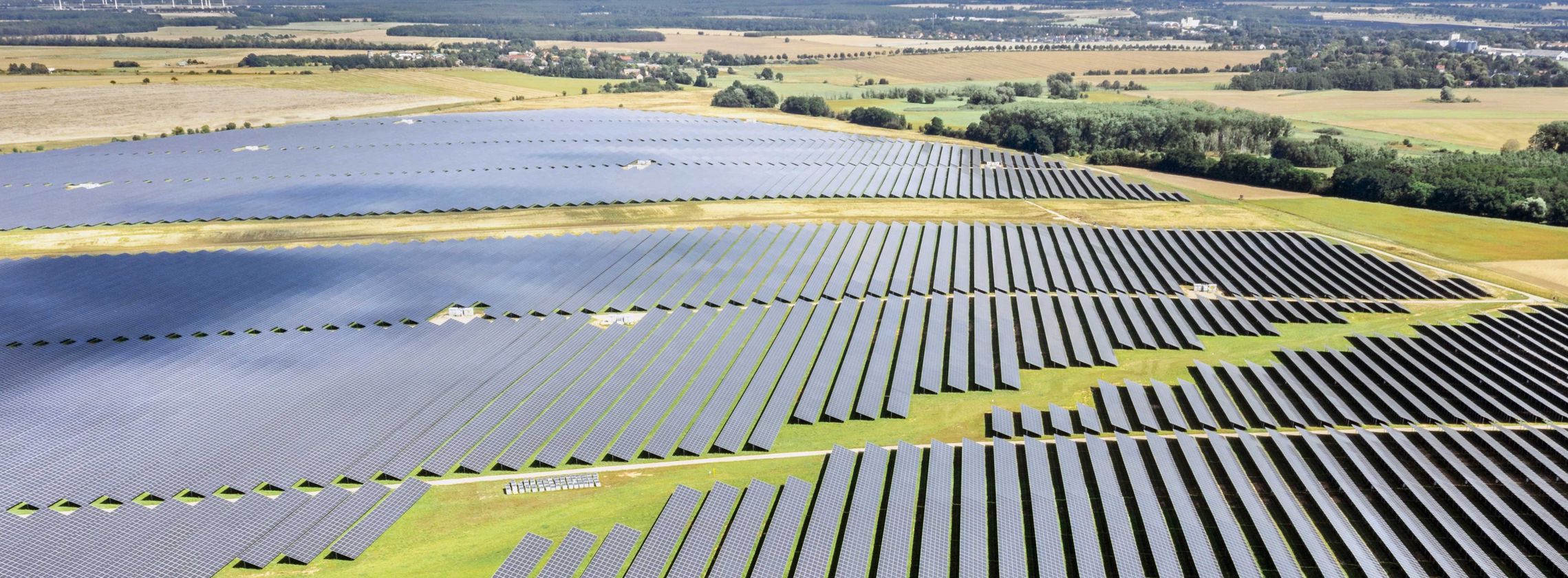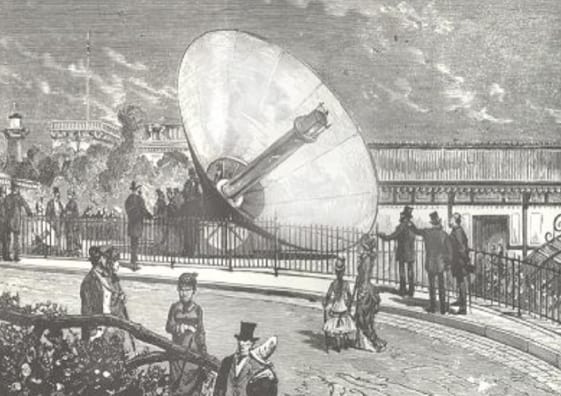
Regional business parks can play a major role in meeting the Dutch government’s climate targets. Approximately 60 percent of business premises are in line for the installation of solar panels on their roofs. If this is actually carried out in 20 percent of the cases, it would save more than 5,000 tons of CO2 emissions annually.
That is what Jacko d’Agnolo -project manager innovation and sustainability at the foundation Ondernemend Venlo (Entrepreneurial Venlo) – contended yesterday at the start of a ‘serious game’ project being run by the Fontys University of Applied Sciences, the Dutch municipality of Venlo, and the entrepreneurs at the Spikweijen business park in Lomm. The students are building a simulation game for this project. By constantly adjusting various parameters, it becomes clear what the consequences will be in the future for all manner of measures in terms of the energy transition.
Cities: Skylines simulation game
There are around 1300 companies from Venlo and surroundings that are affiliated with Ondernemend Venlo. In Lomm, entrepreneurs at the business park together with the municipality of Venlo want to see in what ways the energy transition can be put into practice there. They also want to find out how the area can be prepared for the consequences of climate change and what implications the proposed measures may have. In order to do this, the students are recreating the business park in Lomm as part of the game ‘Cities: Skylines’.

“That game basically stems from SimCity, the well-known simulation game,” says Wouters Sluit- Thiescheffer, a senior researcher at Fontys University of Applied Sciences. “You can use it to build complete cities as you see fit. In our case, we treat it as a serious game. This basically means that we don’t package the results of our research in just words. Nor in ‘artist impressions.’ Instead we use this game to illustrate the impact of any proposed measures. In this case, what the consequences are for the municipality of Venlo, the business park, and the entrepreneurs.”
Realistic scenarios
In order to literally visualize the future of Spikweijen and the other business parks in Venlo, the students first have to collect and process an enormous amount of data. All this data must ultimately lead to realistic scenarios in the game.
“In principle, we can recreate virtually all of Venlo this way,” Sluis-Tiescheffer states. “The great thing about this game is that you are able to see quite far into the future. You can adjust the parameters in terms of energy, water management, and other things to your own preferences and you let the game run for twenty years. Then you can see what the consequences will be.”
It remains to be seen whether answers to the major questions surrounding the energy transition will actually be found this way. According to Sluis-Tiescheffer, the game has never before been used on this scale to visualize any serious future scenarios. “Therefore, one of our research questions is whether the game is suitable for this purpose.” The game should be finished by February.
Energy policy
The Spikweijen business park dates back to the sixties. Currently, approximately 800 people from the wider region surrounding Venlo work there. The companies are largely internationally oriented. Entrepreneurs have been trying to get sustainability projects off the ground since the 1980s. So far, this has never really been successful for a variety of reasons.
According to D’Agnolo, there is currently no well-thought-out energy policy in place for these kinds of regional business parks. The government is looking at larger sites such as Chemelot and Botlek when it comes to the energy transition. But the 4,000 small-scale parks are a blind spot to the government. Even though there is enormous potential there.
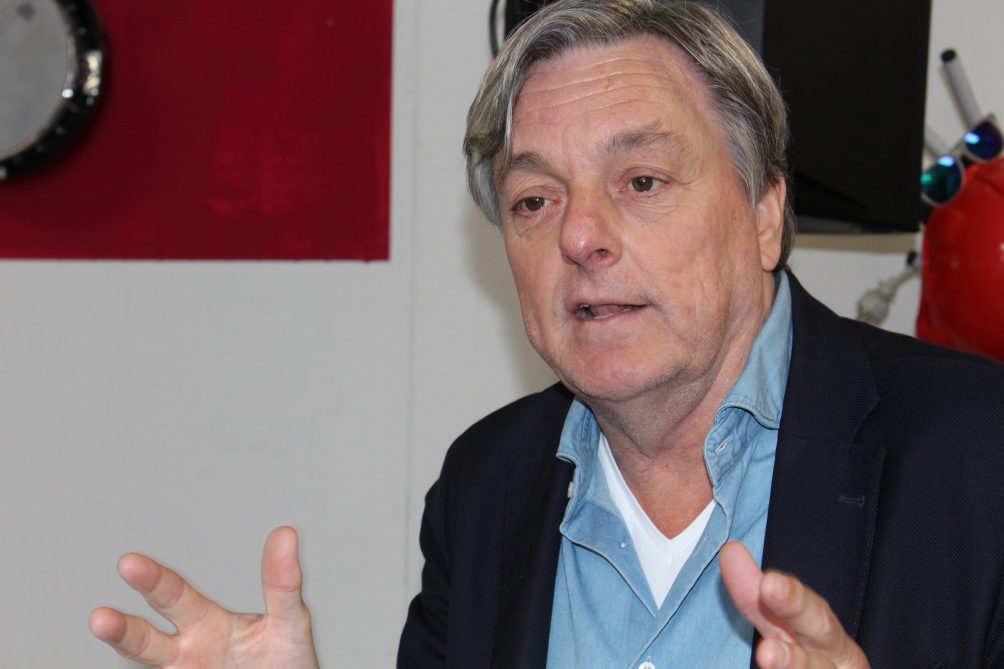
Sustainability projects
However, the entrepreneurs are working together with the local government and the educational institute Fontys in this project. This should be the key to their success. “Because if you take a look at all the transition projects,” Mieke Verhaegh from Ondernemend Venlo explains, “you will notice that successes were only ever booked once entrepreneurs were involved.”
Making business premises future-proof like those in Lomm entails much more than just the energy transition. For example, there is still a lot of work to be done in automation and robotization areas. Specifically at the largely traditionally equipped manufacturing companies. Accessibility also remains a problem.
“There’s a bus here that runs once every hour. Or once a day. In any event, not very often, which is why you see so many cars here.” That’s how Piet Peters of the business park Spikweijen outlines one of the problems in Lomm. An innovative means of transport should also help in making the site more sustainable and future-proof.
‘Applying for experimental status’
The aim of the project is ambitious. A number of demonstration projects will eventually have to be set up. This may vary from setting up a so-called ‘smart grid’ for optimal use of the energy available on site, to a pilot project for storing heat and electricity.
“We want to apply for experimental status for these demonstration projects. That way, we won’t have to comply with various restrictive rules initially,” D’Agnolo says. “Because at present, if an entrepreneur wants to share their energy with their neighbor, it’s out of the question. That’s down to the regulations. We would then have to obtain an exemption for this for the duration of the project.”



